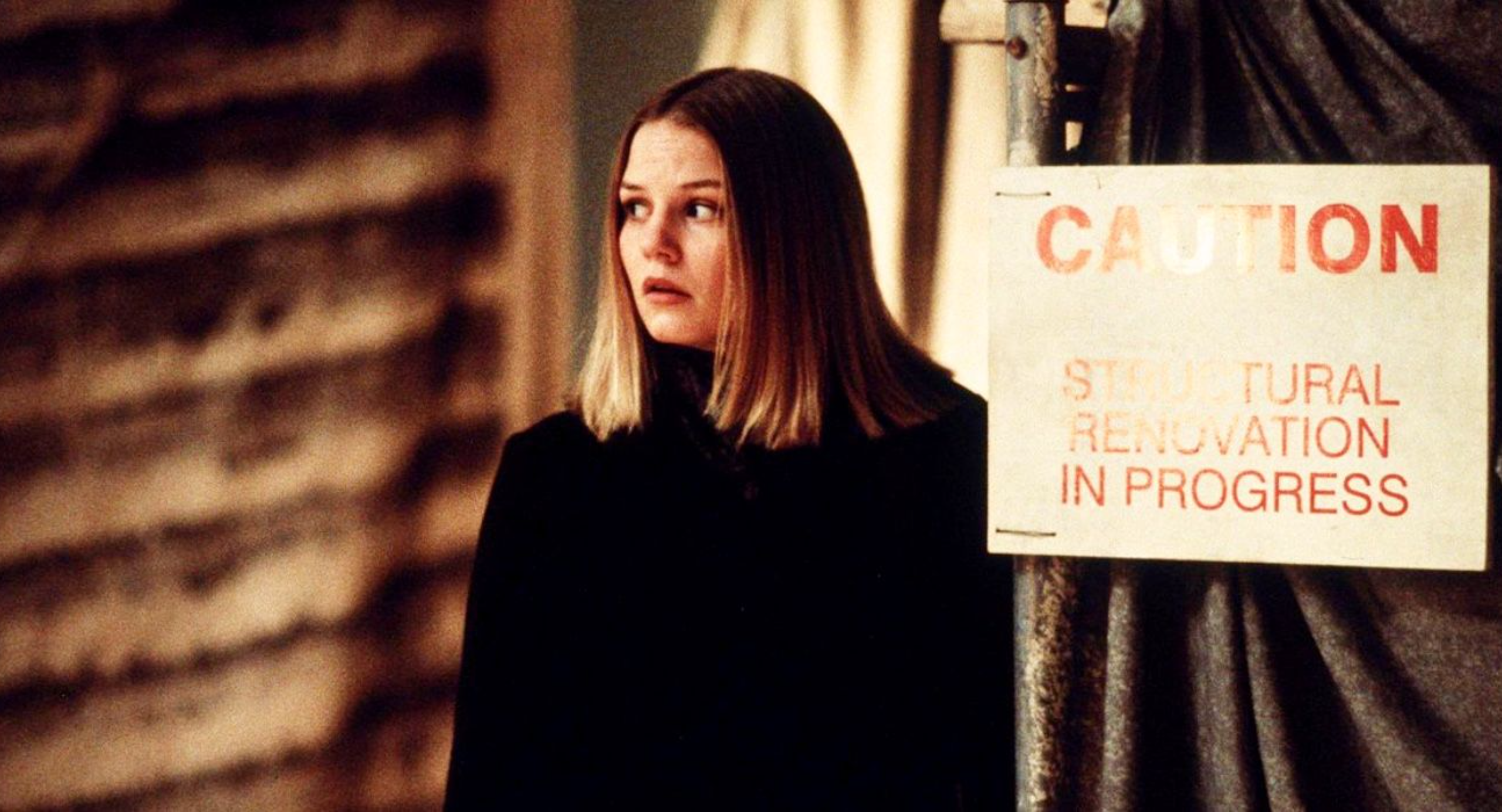Urban Legends: Final Cut – Film Review
Published April 10, 2024

Urban Legends: Final Cut is a sequel to the mildly successful 1998 horror flick, Urban Legend. Helmed by director John Ottman, who also doubles as the film’s composer, the sequel aims to captivate audiences with a fresh batch of sinister myths-turned-reality. Set against the backdrop of Alpine University’s film school, the movie aspires to blend the suspense of slasher films with the intrigue of cinematic creation. However, despite its ambitions and a few notable attempts at creativity, Urban Legends: Final Cut struggles under the weight of its convoluted plot, lackluster performances, and an over-reliance on horror clichés, ultimately failing to recapture the moderate charm or thrill of its predecessor.
The film introduces us to Amy Mayfield (Jennifer Morrison), a promising film student who decides to make her thesis project about urban legends. As she delves deeper into the subject, her crew members begin to die in manners reminiscent of the very legends her film seeks to explore. The concept is ripe with potential, tapping into the universal fascination with urban legends and the art of storytelling itself. However, the execution falls flat, turning what could have been an intelligent meta-horror exploration into a disjointed series of gruesome but uninteresting deaths.
One of the primary issues with Urban Legends: Final Cut is its failure to develop a cohesive narrative. The film jumps haphazardly between scenes, attempting to build suspense but often leaving the audience confused or, worse, indifferent. The integration of urban legends into the plot feels forced, serving more as a gimmick than a genuine narrative device. Instead of weaving these myths into the storyline in a way that feels organic and terrifying, they come off as checklist items the film needs to hastily address and move on from.
The performances range from mediocre to barely passable, which only exacerbates the film’s narrative shortcomings. Jennifer Morrison, who leads the cast, gives a performance that is at times earnest but mostly fails to carry the emotional weight the role demands. The supporting characters, portrayed by a mix of up-and-comers like Matthew Davis, Hart Bochner, and Eva Mendes, are given little room to grow, trapped in archetypical roles with minimal development. This results in a lack of genuine investment in their fates, an unforgivable sin in a genre that relies heavily on audience empathy to generate suspense and fear.
Visually, Urban Legends: Final Cut suffers from a lack of distinct style or memorable set pieces. While it attempts to mimic the slick production values of late-90s slashers, it falls short, presenting a film that feels both dated and visually unengaging. John Ottman’s dual role as director and composer might have offered an interesting synergy, but unfortunately, the score is one of the few aspects of the film that can be considered competent, yet it still lacks the memorable hooks of its horror peers.
Moreover, the film’s attempts at humor and meta-commentary—while potentially a saving grace—often miss the mark. In trying to juggle horror and satire, Urban Legends: Final Cut lands in an uncomfortable middle ground, never fully committing to either. It teases the audience with the possibility of clever insight into the filmmaking process or the nature of horror storytelling but ultimately delivers neither. This half-hearted approach leaves the audience wondering what the film is trying to be, diluting any impact its thematic ambitions might have had.
There are fleeting moments where Urban Legends: Final Cut seems aware of its potential. Certain sequences demonstrate a knack for tension, and there’s an underlying acknowledgment of the power of myths and legends in shaping narratives. Yet, these moments are sparse and underdeveloped, lost in a sea of narrative and technical mediocrity.
In essence, Urban Legends: Final Cut represents a missed opportunity. It had the potential to delve deep into the heart of storytelling, to explore the intersection of myth and media, and to critique or at least acknowledge the conventions of the horror genre it inhabits. Instead, it settles for being a forgettable addition to the slasher film library, one that neither horrifies nor enlightens. Its few innovative ideas are drowned out by its many missteps, making it a frustrating viewing experience for fans of the genre.
Urban Legends: Final Cut is a film hampered by its inability to capitalize on a promising premise. Hindered by poor execution, weak performances, and a lack of narrative coherence, it serves as a cautionary tale of how not to approach a horror sequel. The film’s occasional brushes with creativity and tension hint at what could have been a compelling exploration of the power of stories and the dark allure of urban legends.
